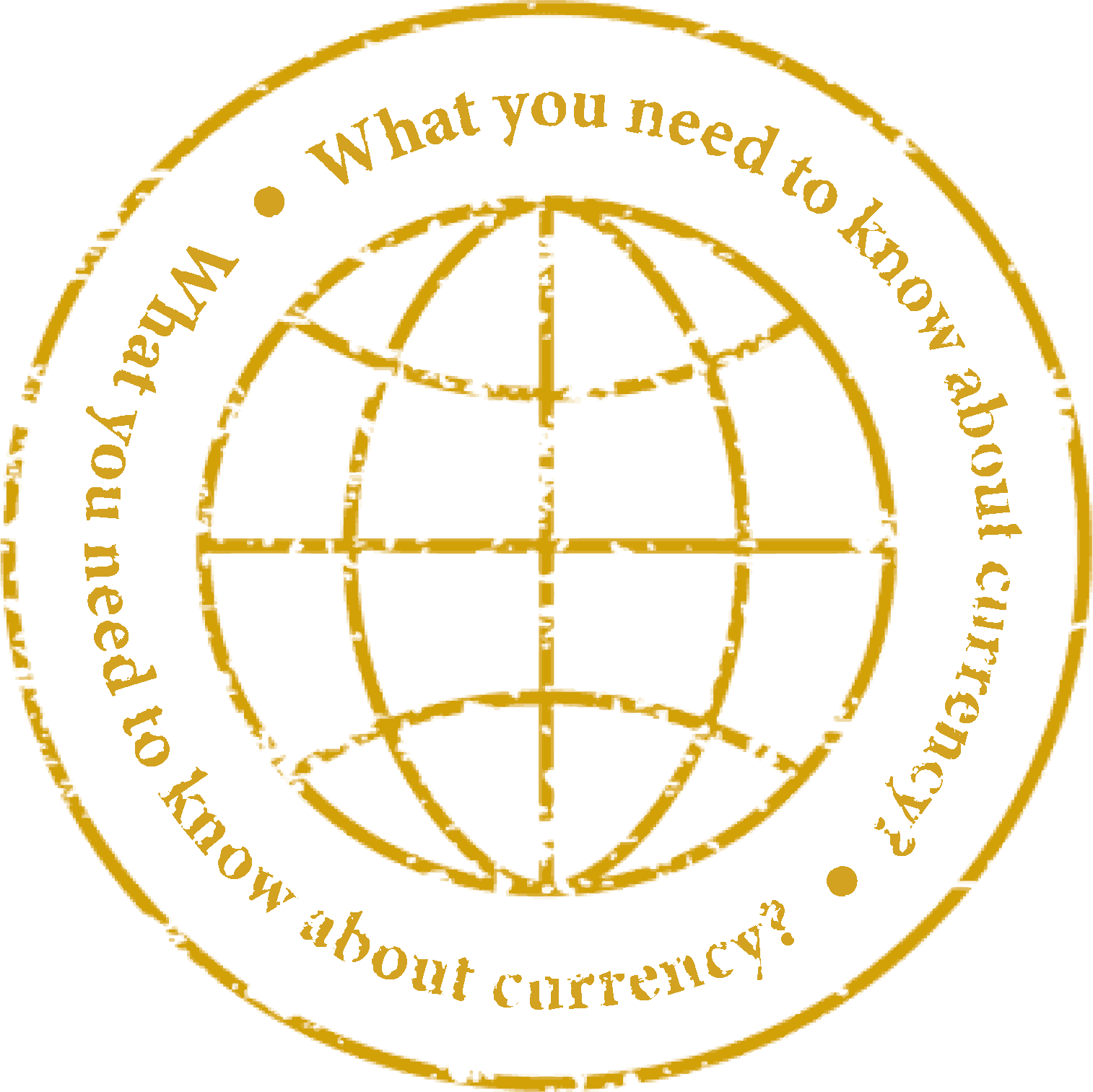Czech koruna exchange rate
Are you interested in the current exchange rates and the price of the czech koruna exchange? Stay up to date at all times! Below we present the current quotes of the czech koruna exchange in our online exchange.
Czech koruna exchange rate - chart
The chart is updated in real time
Problem with data downloading.
Exchange rate czech koruna exchange in the charts is presented for indicative purposes, based on approximate data and is not of a transactional nature, i.e. it is not part of the website's offer or a proposal to make a transaction.

Czech koruna
According to the ISO 4217 standard, the Czech koruna is denoted by the international CZK symbol. In its homeland, Czechia, the abbreviation Kč for "koruna česká" is also common, although some Czechs still remember the "h" referring to a heller, i.e. one hundredth of a koruna.
Czech currency today
Although formally the currency in Czechia is divided into 100 hellers, heller coins have not been in circulation since 2009. Therefore, there is no physical equivalent of Polish grosz, and prices in Czechia are rounded. Thus, Czech korunas are a rather unusual example of coins without a subunit.
The obverse of contemporary coins features the Czech coat of arms with the Bohemian lion, the same as in the state emblem. The reverse of each of them refers to history – e.g. graphics depicting the Charles Bridge in Prague (Kč 5), the Cathedral in Brno (Kč 10) or the Royal Castle in Prague (Kč 50). The characteristic colour of the CZK 10 and CZK 50 coins due to the use of copper in their production is also noteworthy. Czech banknotes feature images of individuals important to the Czechs, not only politicians and social activists but also artists. For example, CZK 100 features King Charles IV on the obverse, and CZK 500 the writer Božena Němcová.
Czech koruna – history longer than currency tenure
The Czech koruna is not even 30 years old, which makes it one of the youngest currencies in Europe – it was introduced into circulation only in 1993. However, the history of the CZK is much longer, which should not be surprising, because in a country like Czechia, the currency is inevitably linked to the story of the country itself.
It started with the Austro-Hungarian krone, which was the legal tender in today's Czechia under the rule of the Habsburgs – it was renamed the Czechoslovak koruna only in 1919. Another change was brought by World War II – the occupation of Czechia resulted in the introduction of a new currency, and the exchange rate of the koruna was pegged to the exchange rate of the German mark. After the liberation of the state, the Czechoslovak koruna was restored as the so-called "second koruna" and used until the monetary reform ordered by the Communist Party of Czechoslovakia in 1953. The introduced changes were draconian, especially for the wealthier Czechs and Slovaks, because the new Czech koruna had a very unfavourable exchange rate – 5 old to 1 new koruna. Thus, people who were once well-off lost their wealth held in savings or securities.
After the breakup of the Czechoslovak Socialist Republic, each country implemented its own monetary policy: in Czechia, the Czech koruna was introduced, and in Slovakia, the Slovak koruna, which, however, was replaced by the euro on 1 January 2009. Therefore, the exchange rate of the Czech koruna is still among the currency quotes followed by Poles – the CZK PLN pair is of particular interest to keen skiers who spend their holidays abroad. The price of the Czech koruna is an object of relatively high interest also due to the fact that Prague is one of our most popular destinations for city breaks.
Interesting facts about the Czech koruna
-
Heller coins were withdrawn from circulation, because the production cost was twice their face value.
-
Czechia is currently the only area of the former Austria-Hungary where a currency called koruna is used.
-
Thanks to the economy, the Czech currency is one of the most stable in Europe. Consequently, the exchange rate of the Czech koruna does not fluctuate much.

The notification has been enabled
When the exchange rate EUR is lower than you will receive an email to this address